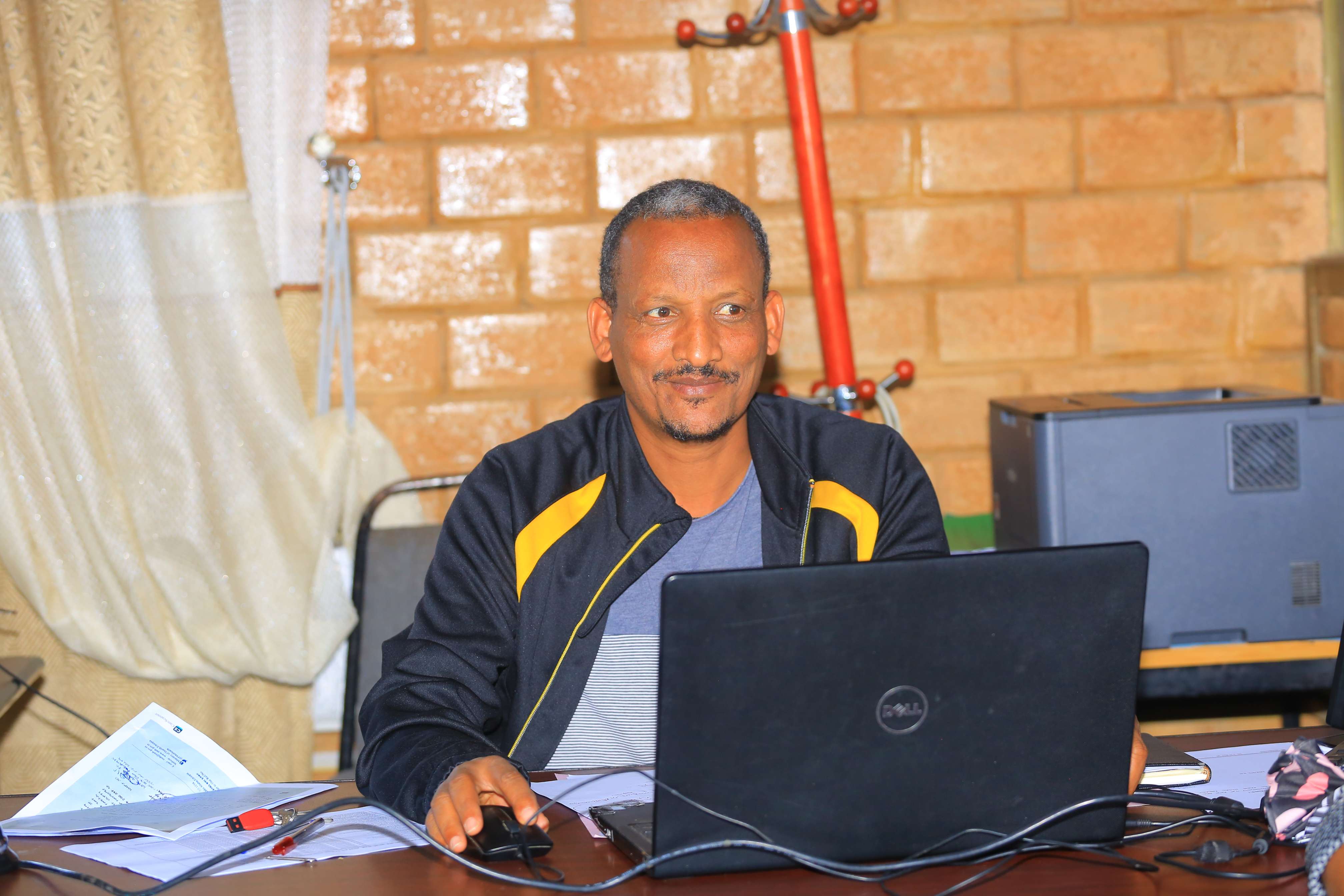
Competency and Human Resources Administration Executive
Habtamu Wagbesha Abiza
Contact Information:
Phone: +251911331985/+251113220192
Email:
Objectives/Goals
- Strategic Talent Management
- To attract, develop, and retain a highly qualified and motivated workforce aligned with the university's mission and strategic goals.
- Competency-Based HR Development
- To implement competency-based human resource management systems that enhances employee performance and institutional efficiency.
- Workforce Planning and Optimization
- To ensure optimal workforce planning, staff development and succession planning to meet the dynamic needs of the university.
- Institutional Capacity Building
- To design and coordinate professional development programs that builds the capacities of academic and administrative staff.
- Compliance and Good Governance
- To ensure the university's human resource policies and practices comply with national labor laws and higher education regulations.
Duties and Responsibilities
- Human Resource Planning
- Develop and implement strategic HR plans aligned with the university’s goals.
- Conduct workforce needs assessments and coordinate recruitment based on institutional priorities.
- Recruitment and Selection
- Lead transparent, merit-based hiring processes for academic and administrative staff.
- Oversee orientation and onboarding programs for new employees.
- Competency Mapping and Job Profiling
- Identify key competencies required for various roles and develop job descriptions accordingly.
- Create and maintain a competency framework for staff evaluation and development.
- Staff Performance Management
- Implement a performance appraisal system based on measurable KPIs and competencies.
- Provide feedback mechanisms and coaching support for underperforming staff.
- Training and Development
- Design and implement continuous professional development (CPD) programs.
- Collaborate with internal and external training providers to enhance staff capacity.
- Employee Welfare and Relations
- Promote positive staff relations through regular communication, recognition, and welfare programs.
- Address grievances, conflicts, and disciplinary matters in a fair and lawful manner.
- Data Management and HR Information Systems
- Manage accurate HR data through integrated human resource information systems (HRIS).
- Generate analytical reports for decision-making and reporting to regulatory bodies.
- Policy Development and Implementation
- Formulate HR policies and guidelines in accordance with national and institutional standards.
- Ensure regular review and dissemination of HR policies to all staff.
- Succession Planning and Career Development
- Identify talent pipelines and high-potential staff for succession into leadership roles.
- Facilitate career path planning and mobility within the institution.
- Monitoring, Evaluation, and Reporting
- Track the impact of HR initiatives and report progress to university leadership.
- Use data and feedback to continuously improve HR services and staff satisfaction.
